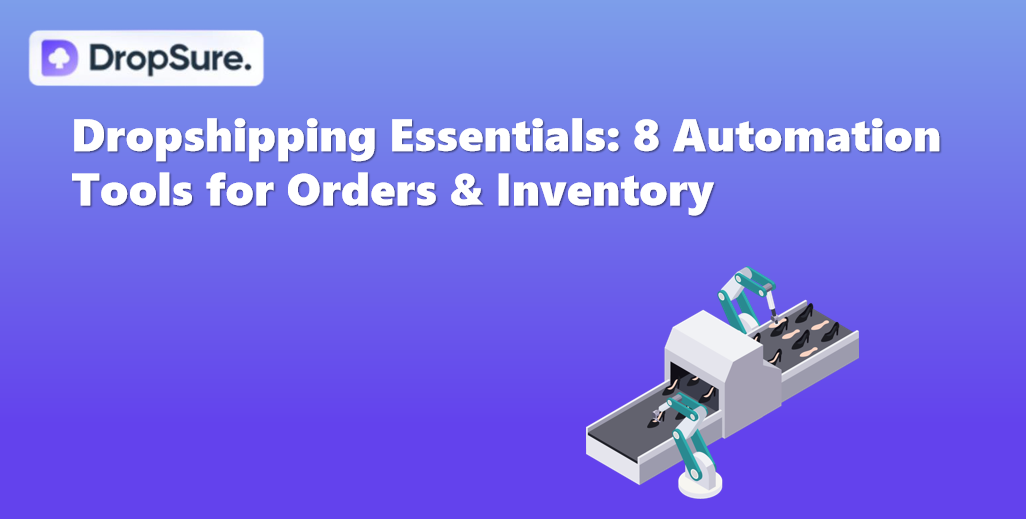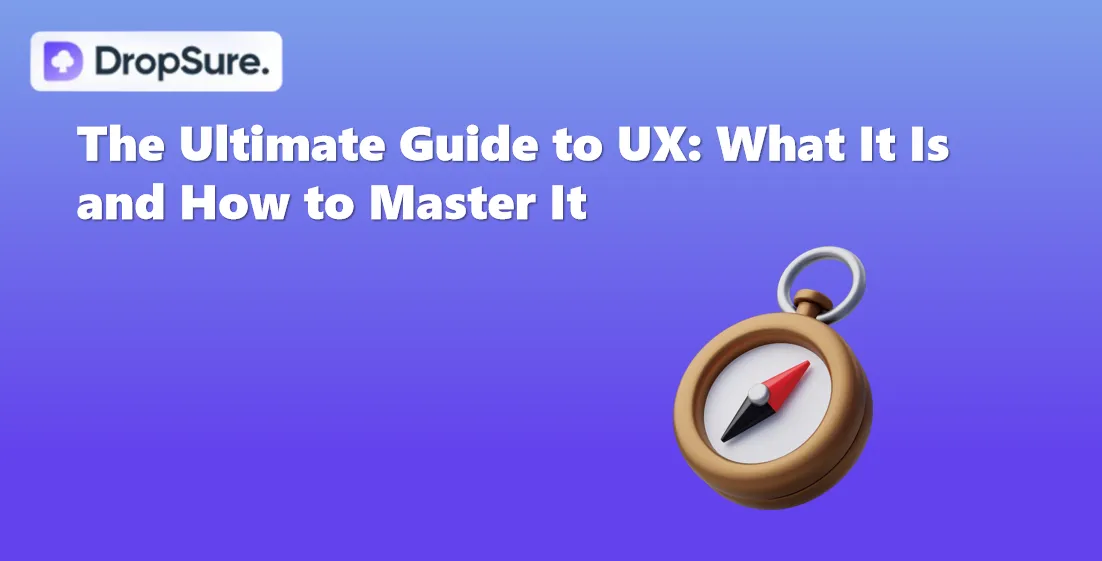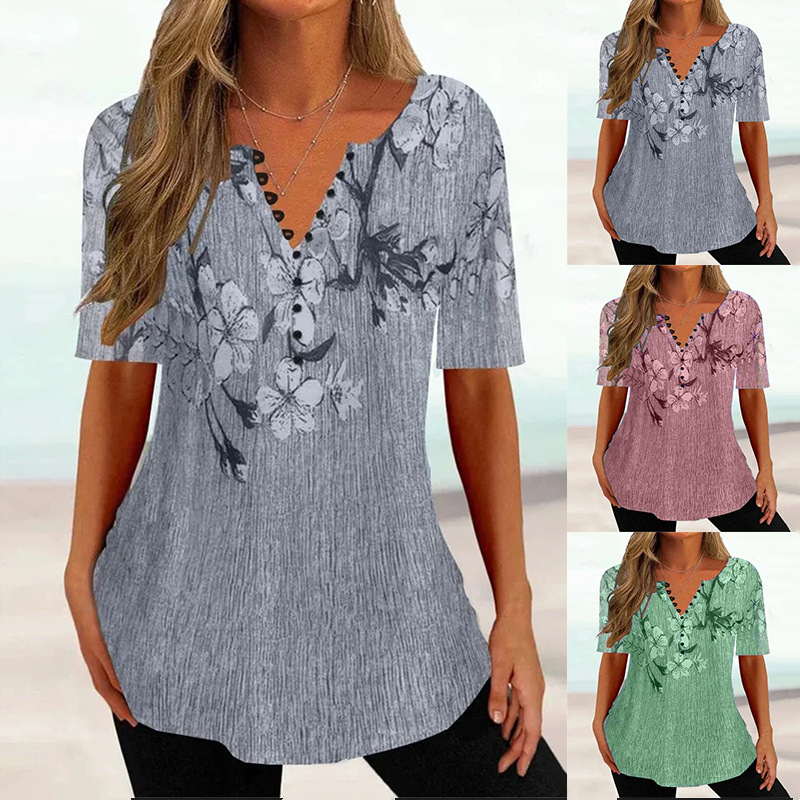What is Dropshipping?
Dropshipping is a way to sell products online without keeping any stock. When a customer buys something, you send their order and payment to the supplier, who ships the product directly to them. This method is popular because it reduces your workload. You don’t need to rent storage space or worry about unsold items. Instead, you can spend your time and money on things like marketing.
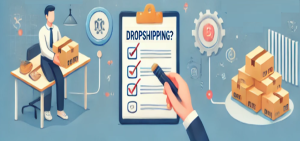
How Does Dropshipping Work?
Here’s how dropshipping works in simple steps:
Find a Supplier: Look for a supplier who sells the products you want to offer. After you partner with them, they will handle storing, packing, and shipping. You can pick suppliers in your niche or use apps to access products from different suppliers.
Set Up Your Online Store: Build your online store using platforms like Shopify or WooCommerce. Add products from your supplier and set your prices. Many apps can update your listings automatically and send orders to suppliers for you.
Customer Places an Order: When a customer buys something from your store, the payment is processed, and they receive an order confirmation.
Send the Order to Your Supplier: After the payment goes through, you pass the order details to your supplier. If you use an app, this happens automatically.
Supplier Ships the Product: The supplier prepares the order and ships it to your customer. Some suppliers even offer branded invoices or special packaging.
Customer Gets the Product: The customer receives their order. You handle any questions or issues they might have.
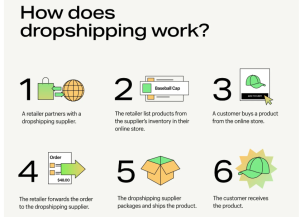
Choosing free dropshipping suppliers in the USA can save you money and make starting your business easier.
Save Money: Free suppliers don’t charge membership fees. You also don’t need to spend money on inventory or storage, which gives you more to invest in marketing or your website.
Low Risk: You don’t have to buy products in bulk. This means you won’t lose money if something doesn’t sell. You can also try out new products easily without spending too much.
Easy to Start: Since you don’t need to manage inventory, it’s faster and cheaper to start your store. Suppliers take care of storage and shipping, so you can focus on growing your business.
Less Work: Suppliers handle most of the hard parts like packing and shipping. This saves you time and reduces mistakes.
How to Find the Best Free Dropshipping Suppliers in the USA
Finding a reliable supplier is one of the most important steps in building a successful dropshipping business. Your supplier directly impacts product quality, shipping times, and overall customer satisfaction. Start by deciding what type of products you want to sell. This decision should be based on market trends, customer demand, and your personal interests. For example, if you’re interested in fashion, look for suppliers offering clothing and accessories. Once you’ve identified your product niche, ensure the supplier has a variety of high-quality items that appeal to your target customers. Offering unique or trending products can give your store a competitive edge.
To find the best free dropshipping suppliers in the USA, leverage platforms like **Spocket** or **Modalyst**, which provide access to curated lists of suppliers. These platforms are user-friendly and allow you to filter suppliers based on location, product type, and other criteria. You can also conduct a simple Google search using terms like “free dropshipping suppliers in the USA” to discover more options. Additionally, join online communities such as Facebook groups or Reddit forums dedicated to dropshipping. Engaging with these communities can help you gather recommendations, learn from experienced sellers, and avoid common pitfalls.
Before committing to a supplier, it’s crucial to test their service. Place a small order to evaluate key factors such as product quality, packaging, and delivery times. This step ensures that the supplier meets your standards and can deliver a good experience for your customers. It’s also a good idea to compare several suppliers to determine which one offers the best combination of price, shipping speed, and reliability. Some suppliers may have better pricing but slower shipping, while others might excel in customer service.
When evaluating suppliers, prioritize those who integrate with popular e-commerce platforms like Shopify. Integration makes it easier to manage your store by automating processes such as order forwarding, inventory updates, and tracking information. A seamless connection between your store and supplier reduces manual work and minimizes errors, allowing you to focus on growing your business.
By thoroughly researching and testing suppliers, you can ensure that your dropshipping business runs smoothly, providing a positive shopping experience for your customers and setting the foundation for long-term success.
Top Dropshipping Suppliers
Here are some popular dropshipping suppliers:
Spocket: Offers products from USA and European suppliers.
AliExpress Dropshipping: A global platform with many product categories.
Modalyst: Features trending products and works with AliExpress.
SaleHoo: A directory of suppliers in various niches.
Doba: Lets you browse products from different suppliers.
Wholesale2B: Offers a large variety of products and integrates with major e-commerce platforms.
Worldwide Brands: A trusted list of reliable suppliers.
Sunrise Wholesale: Offers a wide range of products from home décor to jewelry.
MegaGoods: Sells items like kitchenware and electronics.
DropSure: Provides easy-to-use tools for dropshipping, including order tracking and fast shipping.
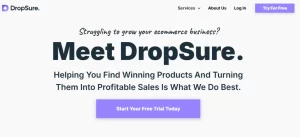
Why Wait? Start with DropSure Today!
DropSure makes dropshipping easy and affordable. It saves you time, offers quality products, and helps you grow your business without extra hassle. Whether you’re new to e-commerce or want to expand, DropSure is a great partner. Sign up today and start building your online store with confidence!


 7 min read
7 min read